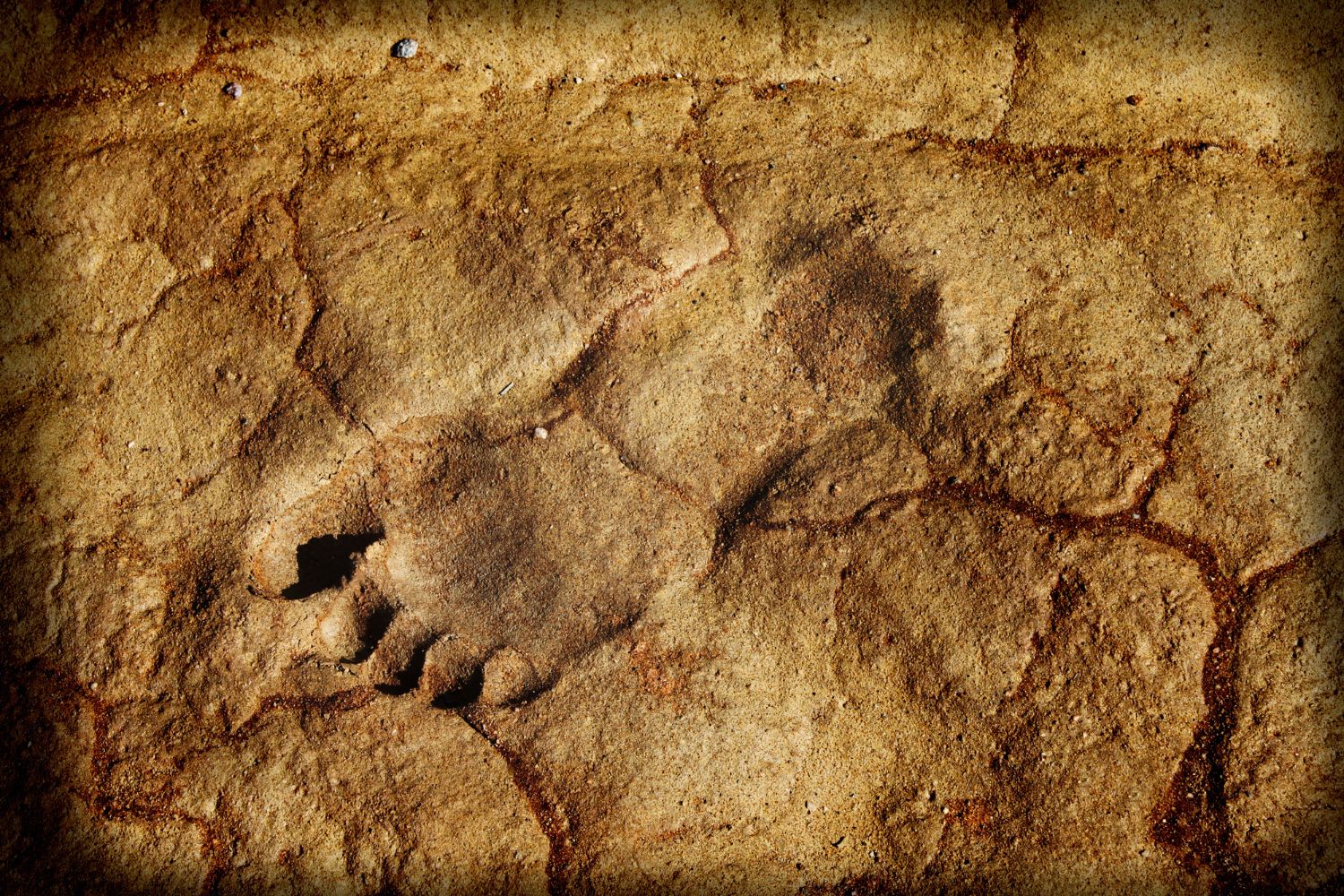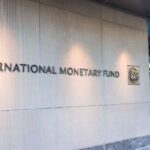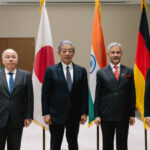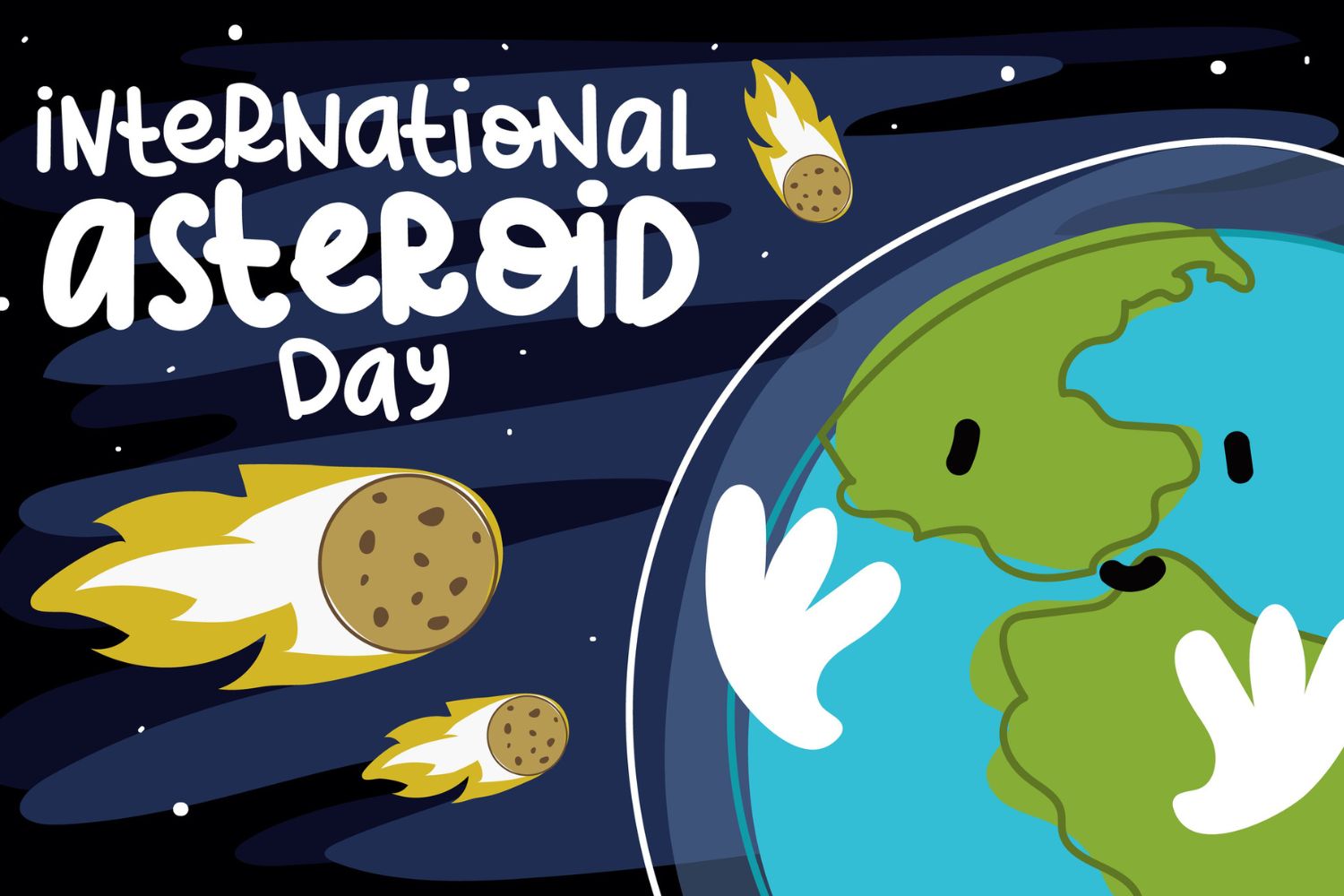BRICS citizens are in for various technological upgrades. According to the BRICS Manufacturing Working Group, which met in Centurion, South Africa, last week, the emerging block is exploring how to scale up modern solutions to old problems.
One such technology is anthrosphere mining.
The aim is to improve BRICS citizens’ quality of life and enhance sustainability.
The meeting showcased some of the technologies being developed across the BRICS nations. These projects aim to improve BRICS citizens’ living standards, reducing manufacturing costs and diminishing manufacturing waste.

Anthrosphere mining
The “anthrosphere” refers to the sphere of human activity and influence on the Earth’s environment and ecosystems.
It encompasses the human-built environment, activities, and the interconnected systems humans have created or significantly impacted. The term is used to emphasise the profound influence of human actions on the natural world.
Anthrosphere mining is the practice of going through waste areas to find materials that can be reused or in some cases, used for the first time.
Key components of the anthrosphere include:
Urban and built environment:
Cities, towns, buildings, infrastructure, transportation systems, and other human-made structures are central to the anthrosphere.
Agricultural systems:
Human-managed landscapes for agriculture, including farms, croplands, and grazing areas, form a significant part of the anthrosphere.
Industrial and technological systems:
Industrial facilities, factories, power plants, and the broader technological infrastructure shape the anthrosphere and its environmental impact.
Waste management:
Systems related to the generation, disposal, and management of waste materials, such as landfills, recycling facilities, and waste treatment plants.
Human activities and behaviour:
All human activities, from daily routines to societal trends, shape and interact with the natural environment.
Different types of anthrosphere mining
Landfill mining, also known as landfill reclamation or resource recovery from landfills, is a process where materials and resources are extracted from existing landfills to be reused, recycled, or converted into energy.
This process involves excavating and sorting waste in landfills to recover valuable materials such as metals, plastics, glass, soil, and organic matter.
Resource recovery:
Landfill mining aims to extract valuable materials from the waste stream, which can be reused or recycled. Common materials recovered include metals, plastics, paper, wood, glass, and aggregates.
Energy generation:
Some landfill mining operations focus on extracting organic waste to produce biogas through anaerobic digestion or landfill gas through controlled combustion. This gas can be used to generate electricity or heat.
Environmental remediation:
Landfill mining can help remediate and rehabilitate old or closed landfill sites, improving their environmental conditions and potential for redevelopment.
Land reclamation:
Landfill sites can be repurposed for various uses after landfill mining, such as green spaces, solar farms, or residential or commercial developments.
Waste volume reduction:
By extracting materials and reducing the volume of waste in landfills, landfill mining can extend the life of existing landfill sites and postpone the need for new landfill sites.
Ocean garbage reclamation
Ocean garbage patches, often called “gyres” or “garbage patches,” are areas where marine debris, including plastics, accumulates due to ocean currents and wind patterns.
These patches are concentrations of marine litter, primarily plastics and other debris. The best-known ocean garbage patches are the Great Pacific Garbage Patch, the North Atlantic Garbage Patch, the South Pacific Garbage Patch, and the Indian Ocean Garbage Patch
Countless usable resources are sitting in garbage patches across the world’s oceans. Mining these patches has a two-sided benefit:
- the amount of garbage in the ocean is dramatically reduced
- usable materials that can service human needs
E-waste reclamation
According to ScienceDirect.com, “approximately 200 g of gold (Au) per tonne of scrap can be extracted from e-waste, whereas Au ores contain 5–30 g of Au per tonne”
E-waste or electronic waste reclamation or recycling involves recovering valuable materials and components from discarded electronic devices. Electronic waste, or e-waste, comprises obsolete or end-of-life electronic devices such as computers, smartphones, televisions, printers, and other electronic appliances. Reclaiming e-waste helps to recover valuable resources, reduce environmental pollution, and minimize the amount of electronic waste in landfills.
Here are the key aspects of e-waste reclamation:
Collection and sorting
The process begins with collecting e-waste from various sources, including households, businesses, and institutions. The collected e-waste is then sorted based on the type of electronic device and its components.
Dismantling and disassembly
- E-waste is dismantled and disassembled into its constituent parts, such as plastics, metals, circuit boards, glass, and other materials. This step requires specialised equipment and expertise.
Material recovery
- Valuable materials like metals (e.g., gold, silver, copper), plastics, glass, and other components are recovered from the disassembled e-waste.
- Magnets, eddy current separators, and other technologies separate ferrous and non-ferrous metals.
Refining and processing
- Recovered materials undergo refining processes to remove impurities and prepare them for reuse or recycling.
- Metals are melted and refined to meet quality standards for reuse in manufacturing new products.
Recycling and reuse
- The refined materials are used to manufacture new electronic products or other consumer goods, reducing the need for virgin resources.
- Some components, like circuit boards, may be refurbished and reused in other electronic devices.
Proper disposal of non-recyclable materials:
- Any remaining waste or non-recyclable materials are disposed of in an environmentally responsible manner, following local waste disposal regulations.
Environmental and social benefits:
E-waste reclamation helps conserve natural resources, reducing greenhouse gas emissions associated with mining and manufacturing and preventing environmental pollution caused by improper disposal.
Additionally, e-waste recycling can create job opportunities and support a circular economy by promoting the reuse of materials.
Efficient e-waste reclamation is crucial for managing the growing volume of electronic waste globally and ensuring a more sustainable and responsible approach to dealing with obsolete electronics. It is essential to raise awareness about the importance of proper e-waste disposal and encourage recycling and responsible handling of electronic devices.
Also read: BRICS Technology: Hydrogen Fuel Cells, the engine of the future













